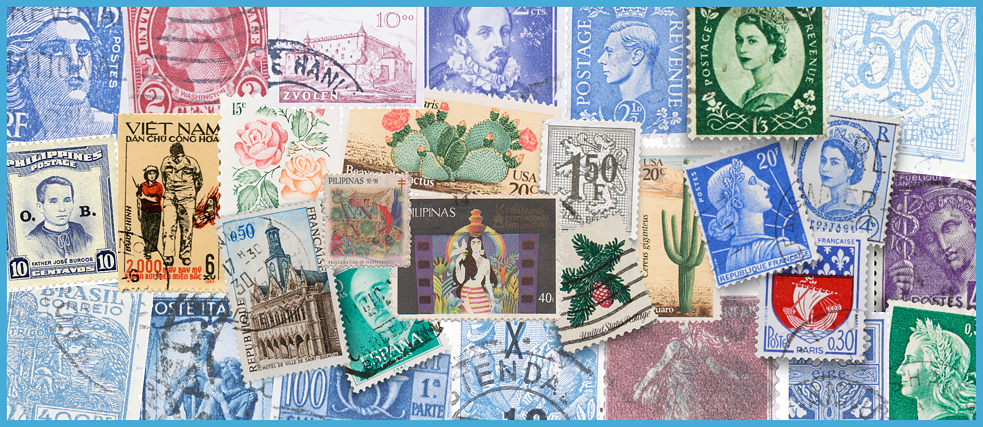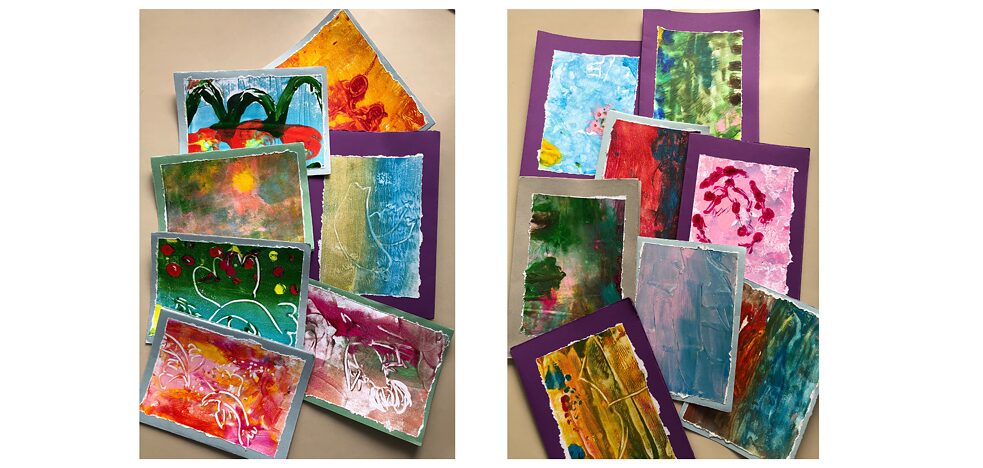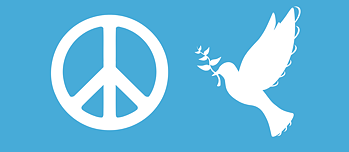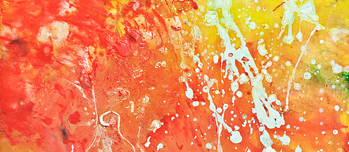From Armenia with Peace
What does peace mean to you? This is the core question of our project "Postcards for Peace", which we are carrying out together with the Goethe-Institut Georgia and the Goethe-Zentrum Yerevan in Armenia. 15 students in Armenia dealt with this question creatively and created handmade postcards using the monotype technique. During this workshop, the participants learned about different peace symbols, developed their own symbol and decorated their postcard with it. The result is fantastic.
Returning the gesture
Now, students at a selected school in New Delhi will participate in a similar workshop on the topic of peace. Together, we will not only talk about the meaning of peace and peace symbols, but also get to know the country of Armenia and, of course, design postcards together. These will then be sent back on their way to Armenia. We hope that this will develop into a pen friendship.
Contact
If you have any questions or comments about this project, please feel free to contact matthias.duennwald@goethe.de.



